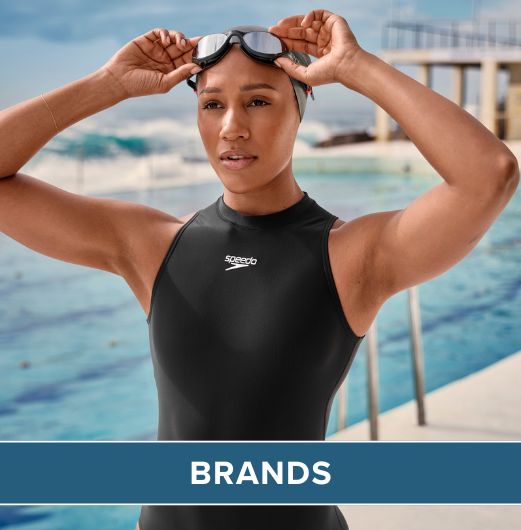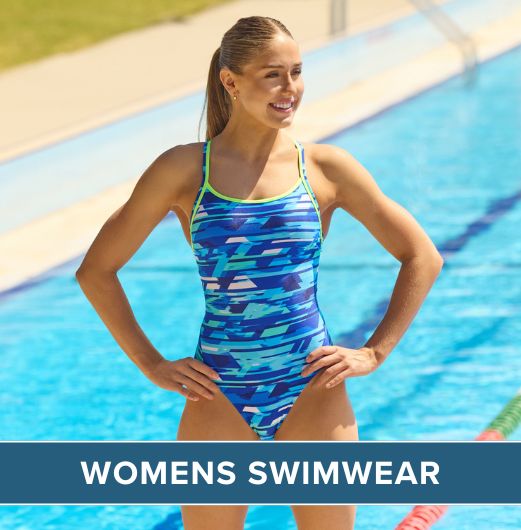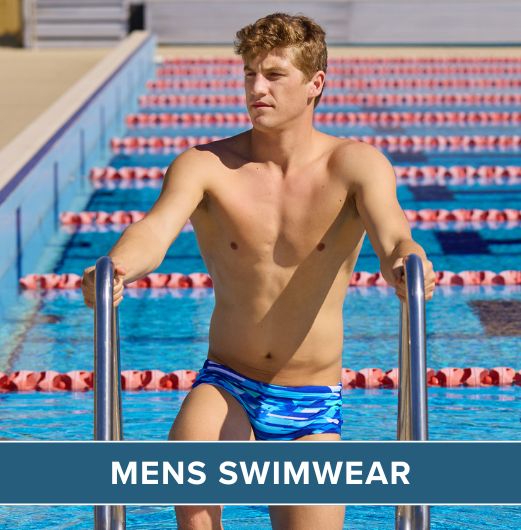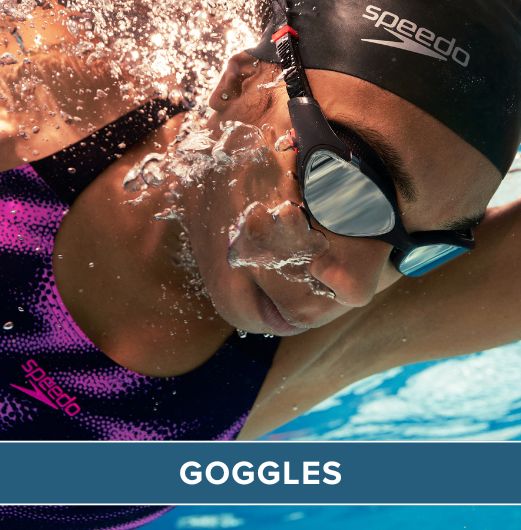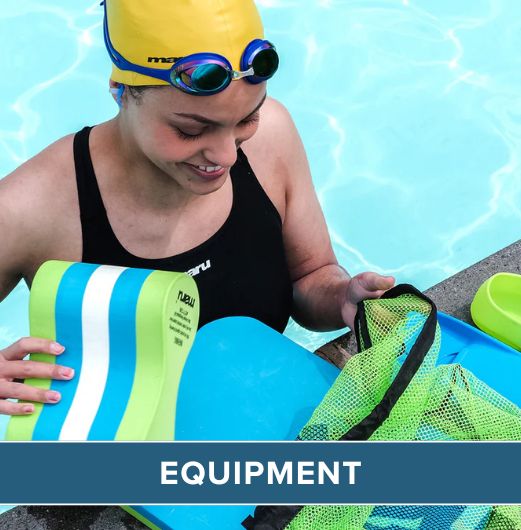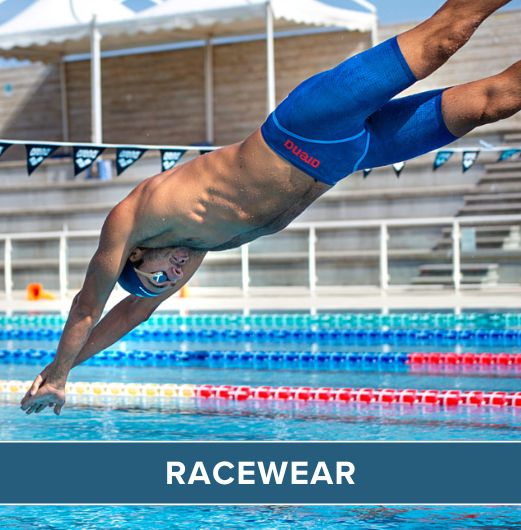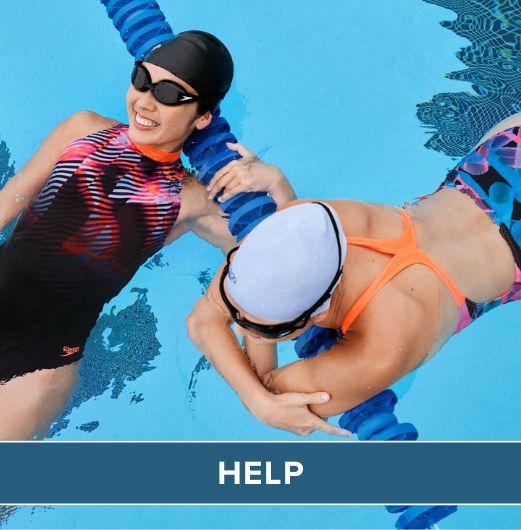Watch our informative video which has over 2.7 million views!
The following is a transcript from the video
Breathing can be a really difficult task for the beginner swimmer. What we’re going to look at now is integrating the breathing into your stroke but we’re not going to start off in the water.
The first drill we’re going to look at is quite simply, lay on the side of the pool with half your body in the water, from this position you’re going to have one arm at your side, the other arm extended in front, you’re going to be looking directly at the pool deck and simply practicing turning your head from middle to side.
With this, you want to ensure that your chin is moving from a neutral head position to your shoulder and then back again without any upwards movement of the head. After you’ve completed the previous drill we’re going to take it into the water. Luckily we’ve isolated it should we know exactly the movement that should be occurring when we’re trying to take a breath.
What you’re going to do now is take a float, hold it at one top corner and the other opposite bottom corner and start kicking your legs with your face in the water looking directly to the bottom of the pool. From this position when you feel ready to take a breath, you’re going to quite simply repeat the drill that we did on the side of the pool by rotating your head from middle to side, taking a very short and shallow breath and then back into the middle again.
When your face is in the water try to ensure that you’re blowing out all the time, as biologically it’s impossible to breathe in as you exhale air. After you’ve repeated the previous drill we’re going to take it one step further and repeat without a float, so quite simply, you’re going to extend one arm up to the front, one arm down to your side and breathe to the side where the arms the lowest.
What you’ll find here is that your body will sit slightly lower in the water so you may have to slightly rotate your shoulders to be able to get your head out of the water. Please ensure whilst doing these drills that you do not lift your head up as this will affect the rest of your body position in the water.
Now that you’ve nailed the breathing, what we want to move on to is incorporating it into the rest of the stroke and this is where timing comes into play. What we want to make sure we’re doing here and how I explain it to the majority of my swimmers, is imagine that you have a piece of string in your hand that’s attached to your chin, during your stroke as your hand passes your chin. It’s going to pull on the string and pull your face out to the sides, when your arm gets to the extended point of your stroke and starts its recovery, the head is going to turn back into the water as the string loosens up on your chin.
Repeat this several times, you may not get it right away but through repetition, it will become something that’s natural. Try to do this through feeling a movement and imagining the string on the chin rather than thinking a process through.
 Free Tracked UK Delivery
Free Tracked UK Delivery Hassle Free Returns
Hassle Free Returns Next Working Day OPTION
Next Working Day OPTION Found It Cheaper?
Found It Cheaper?



